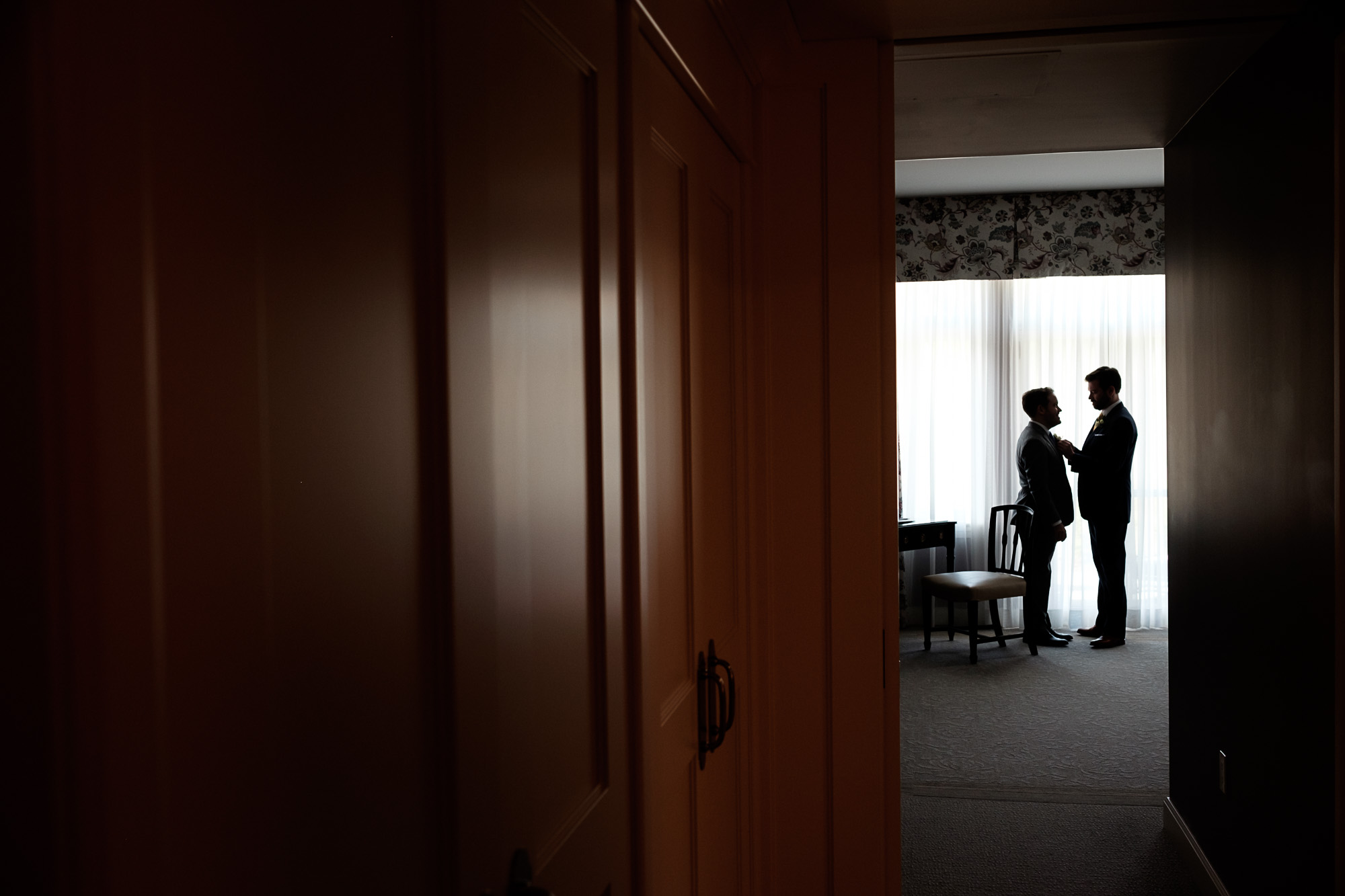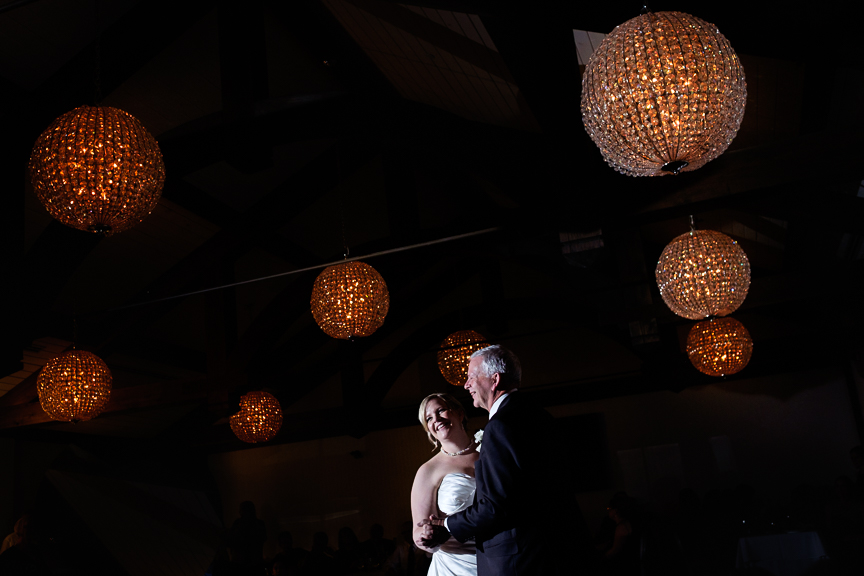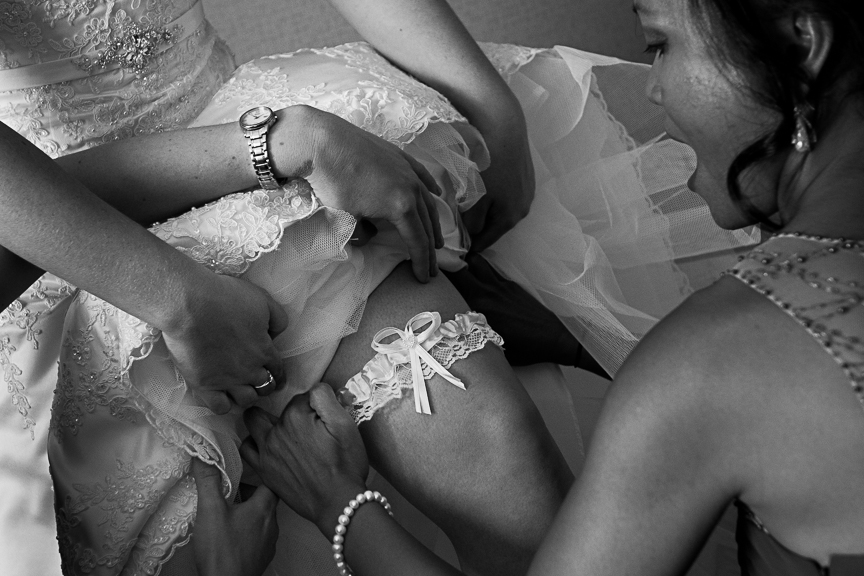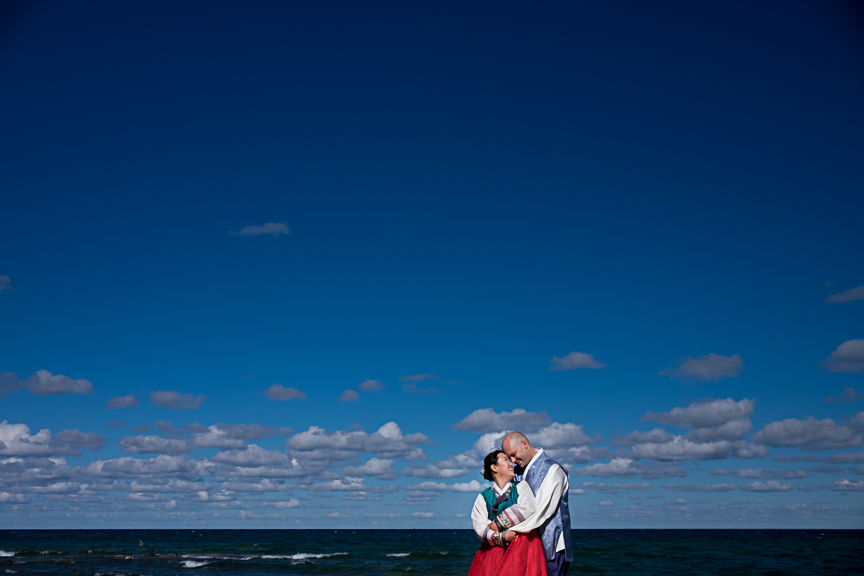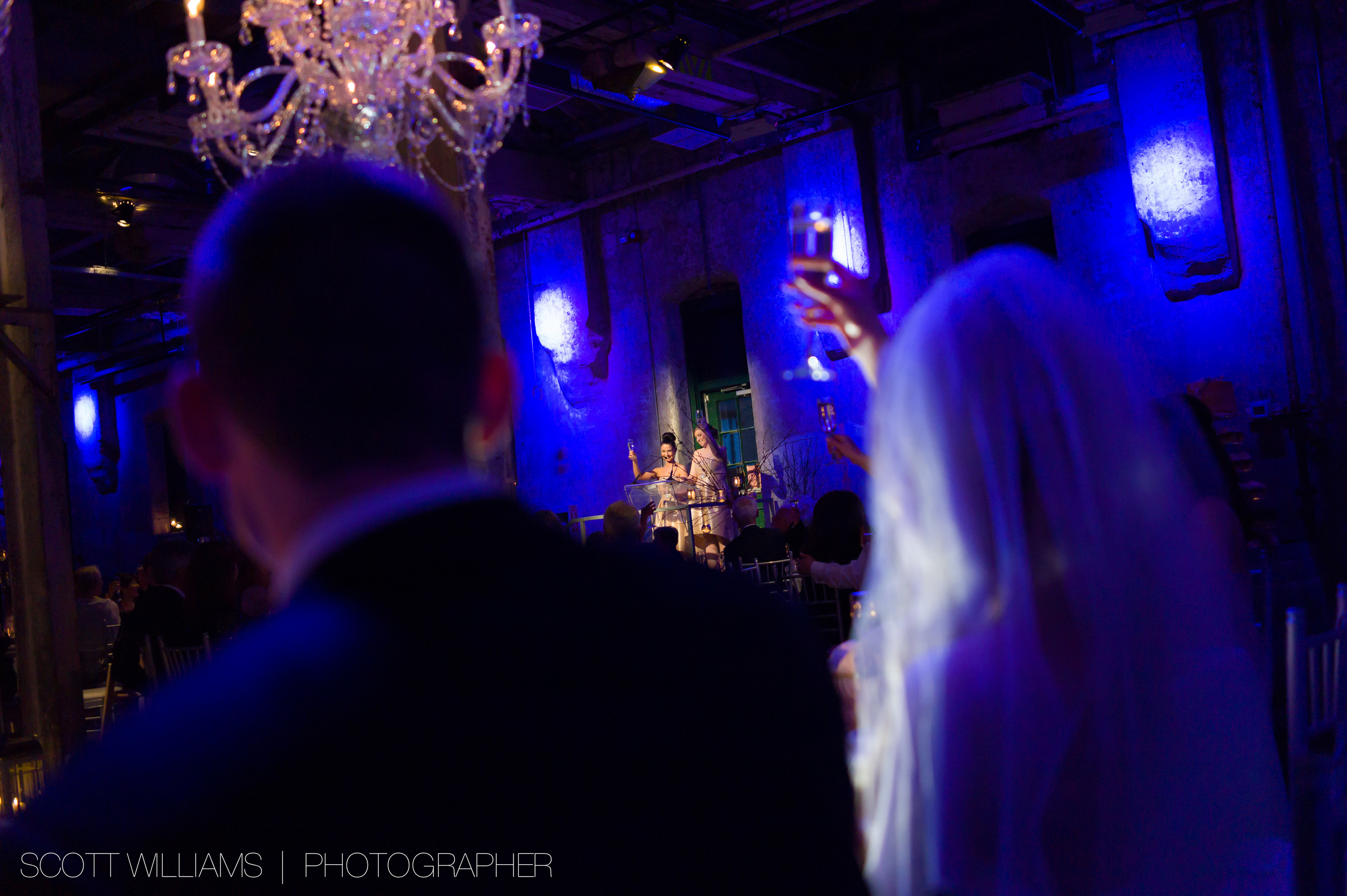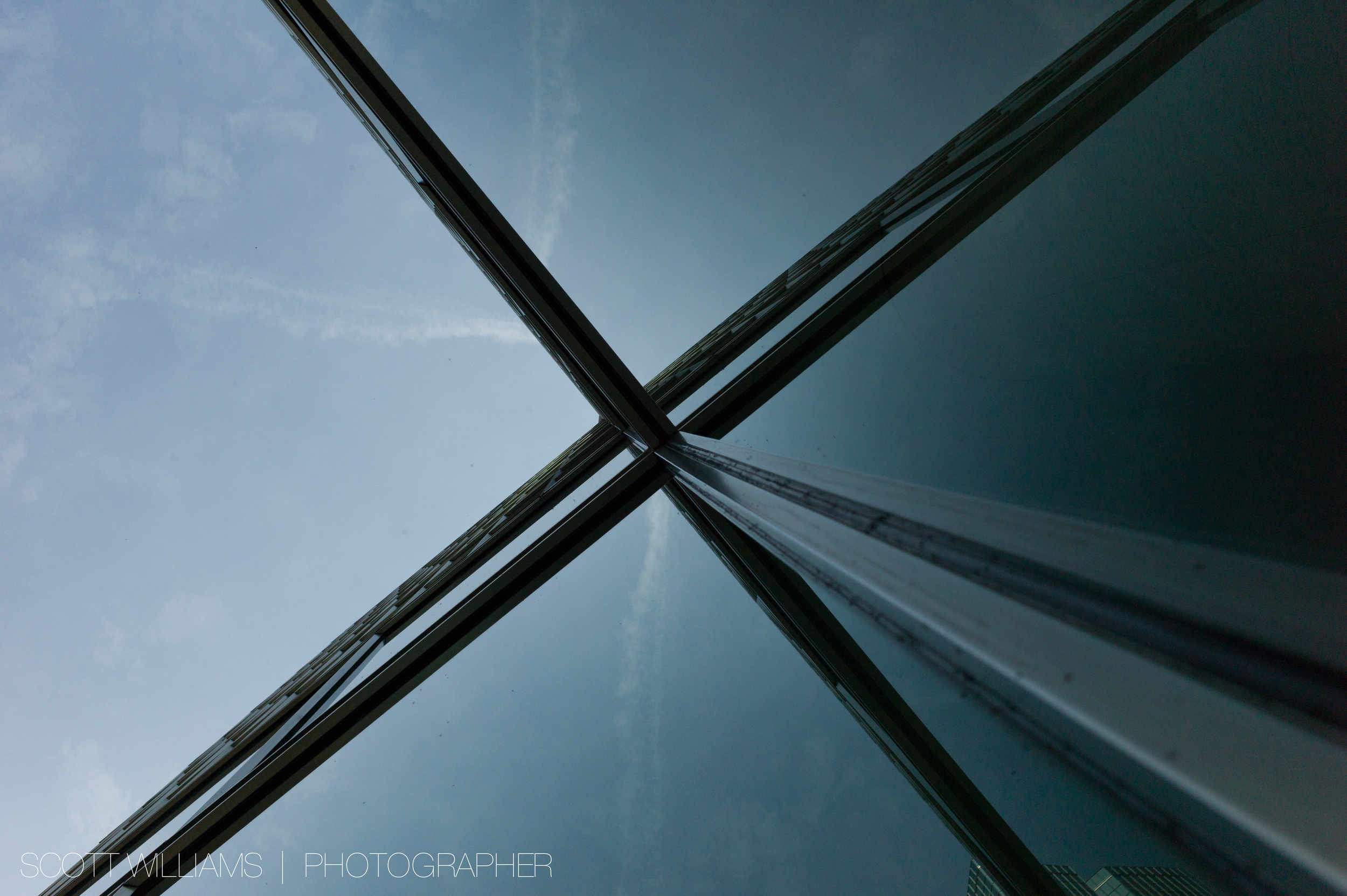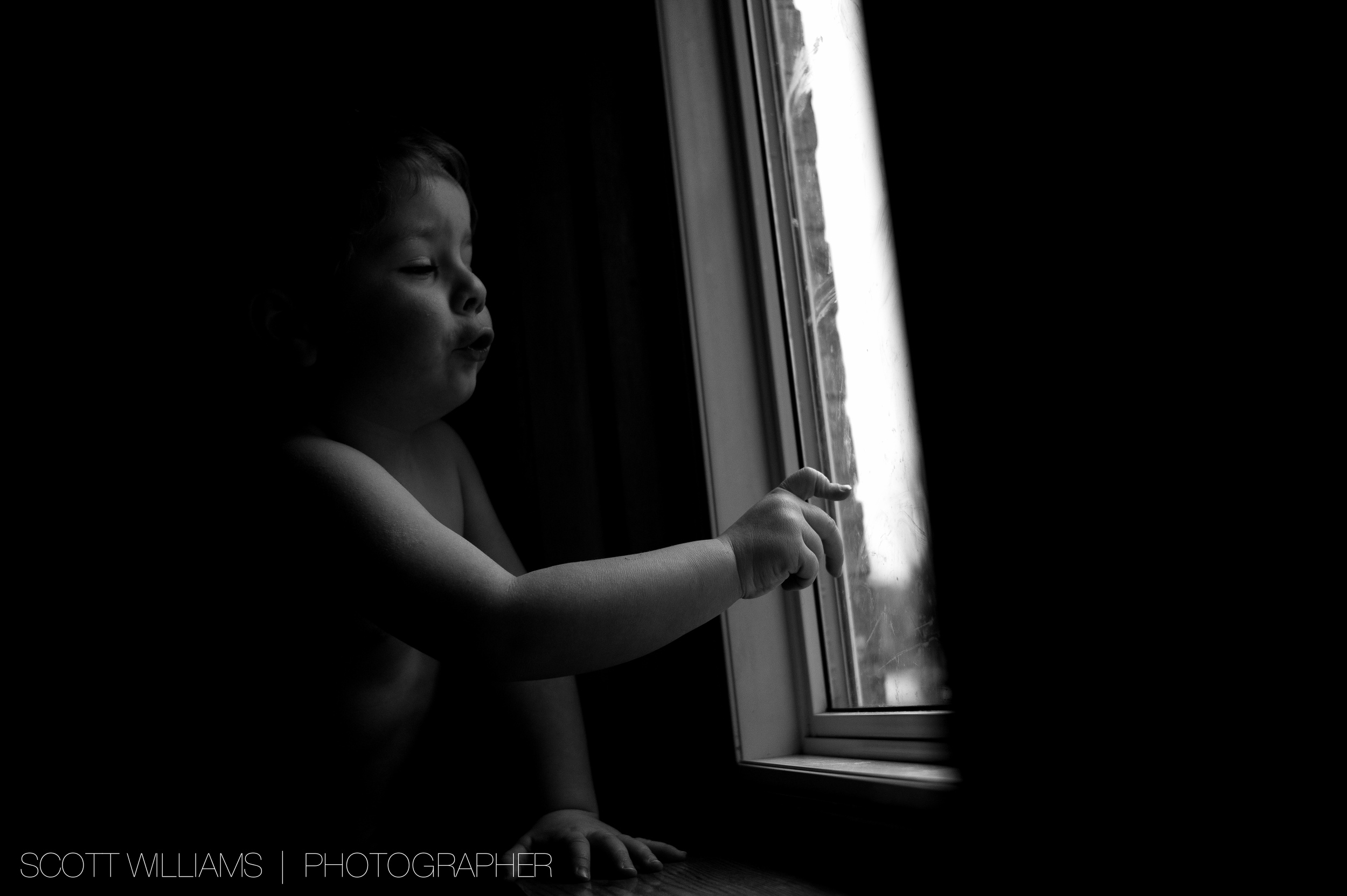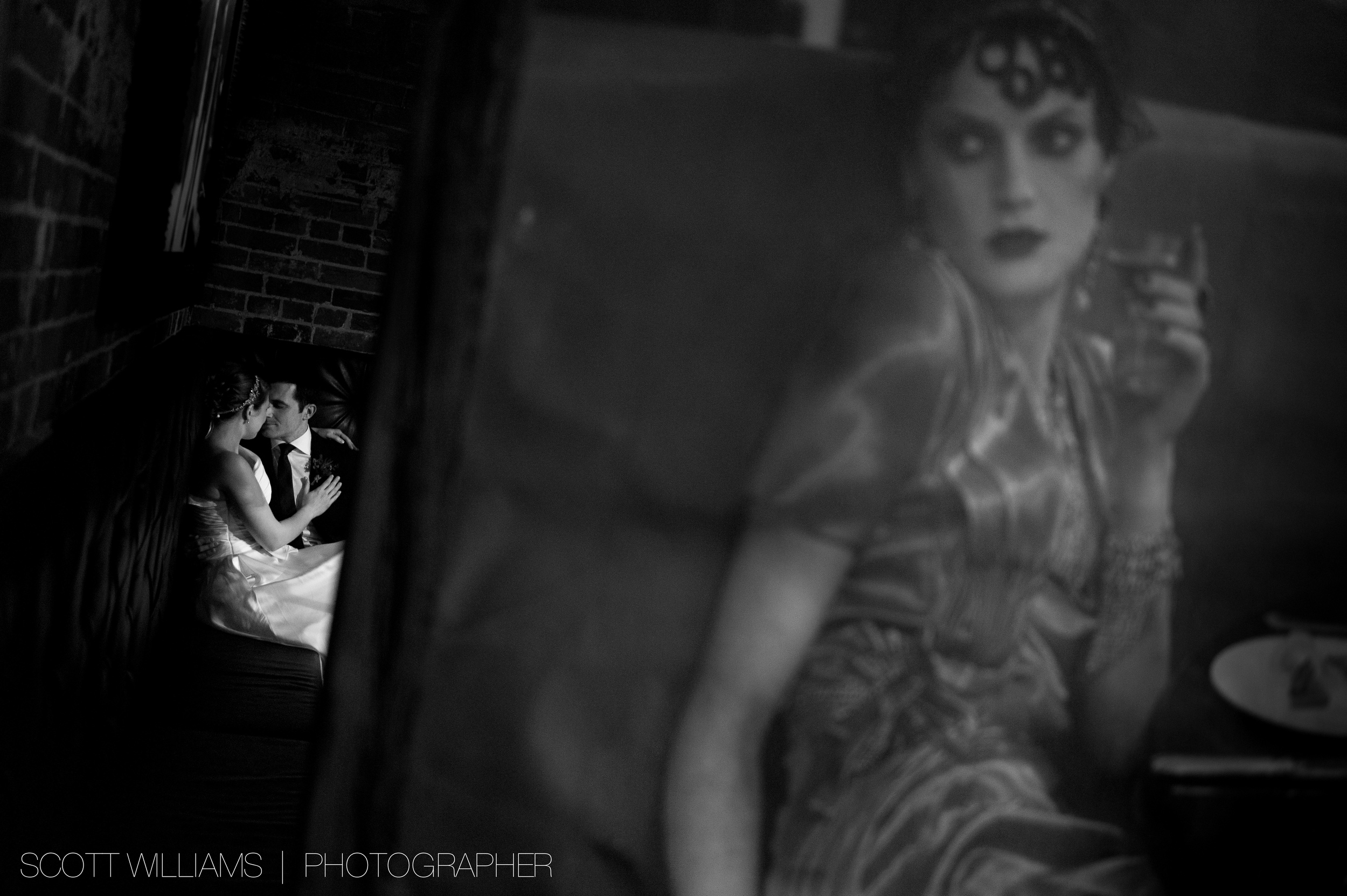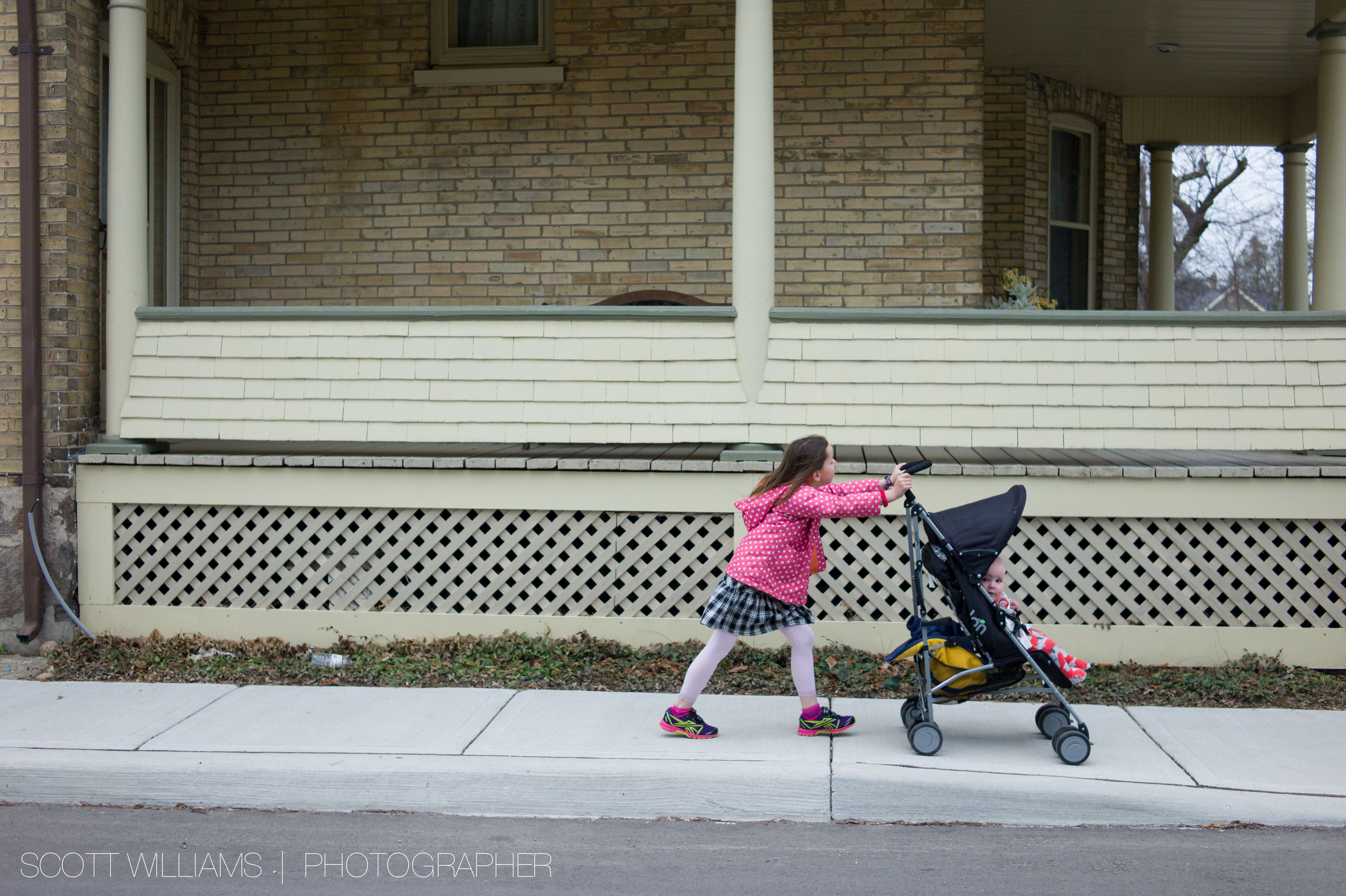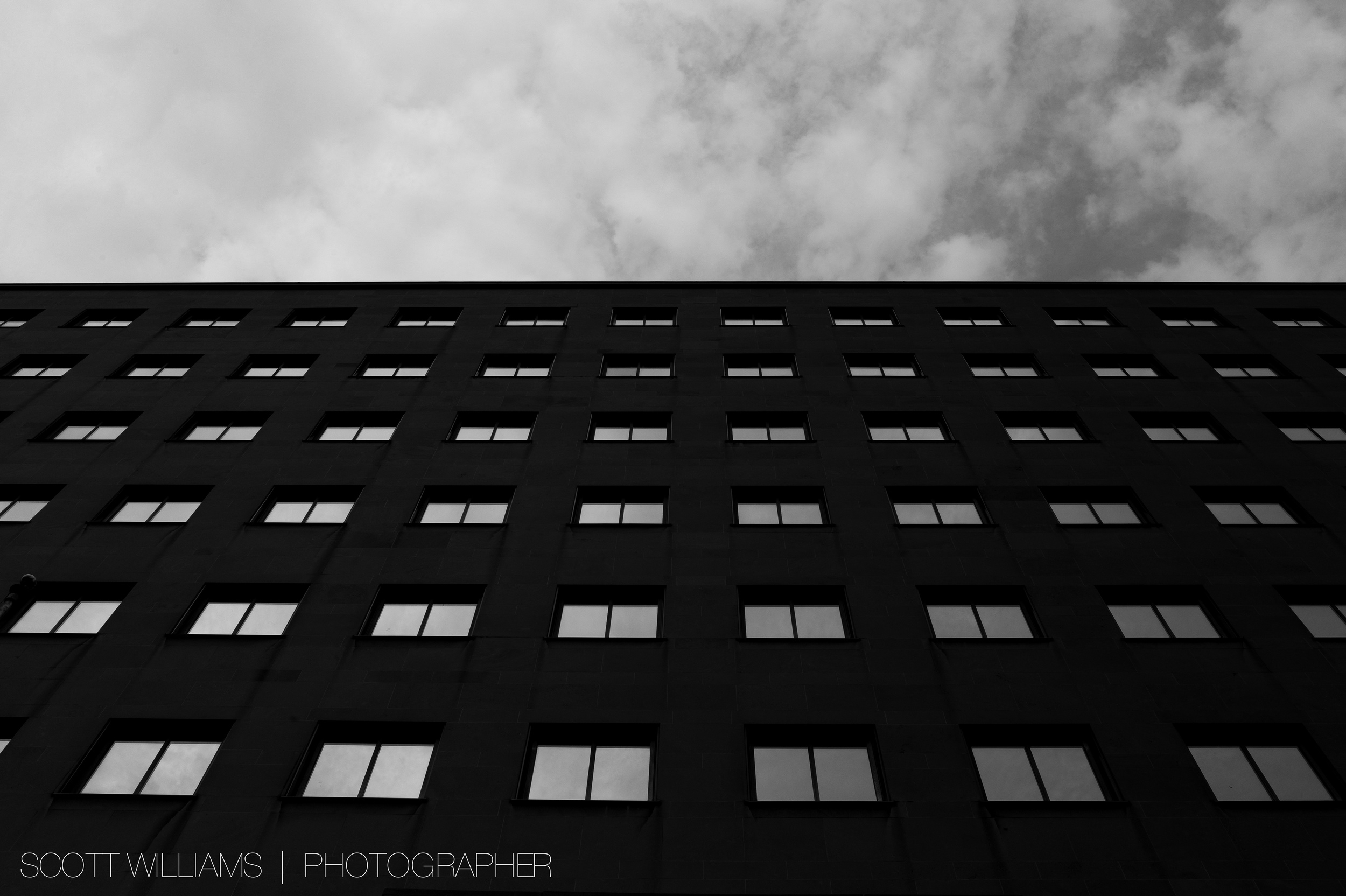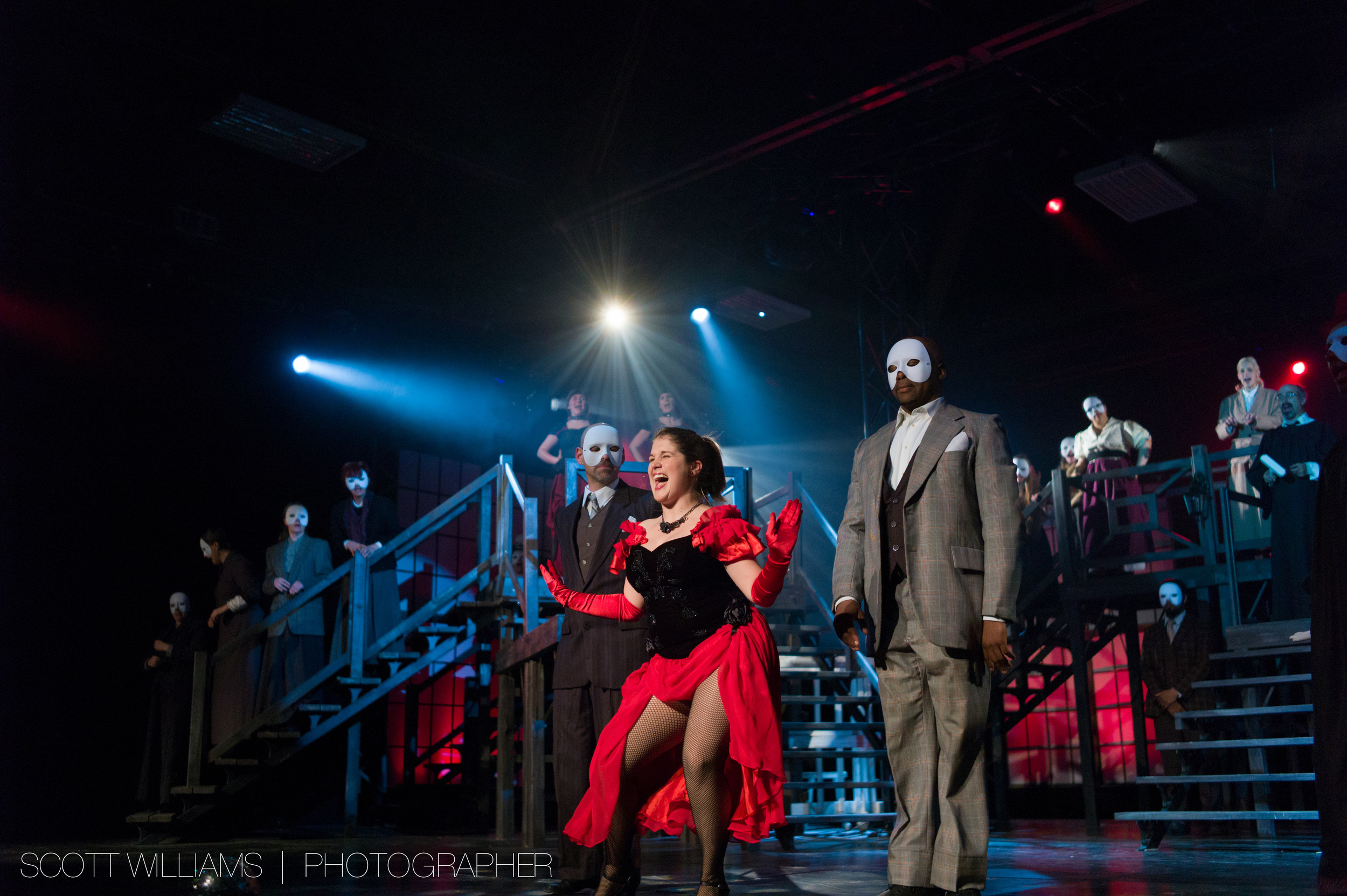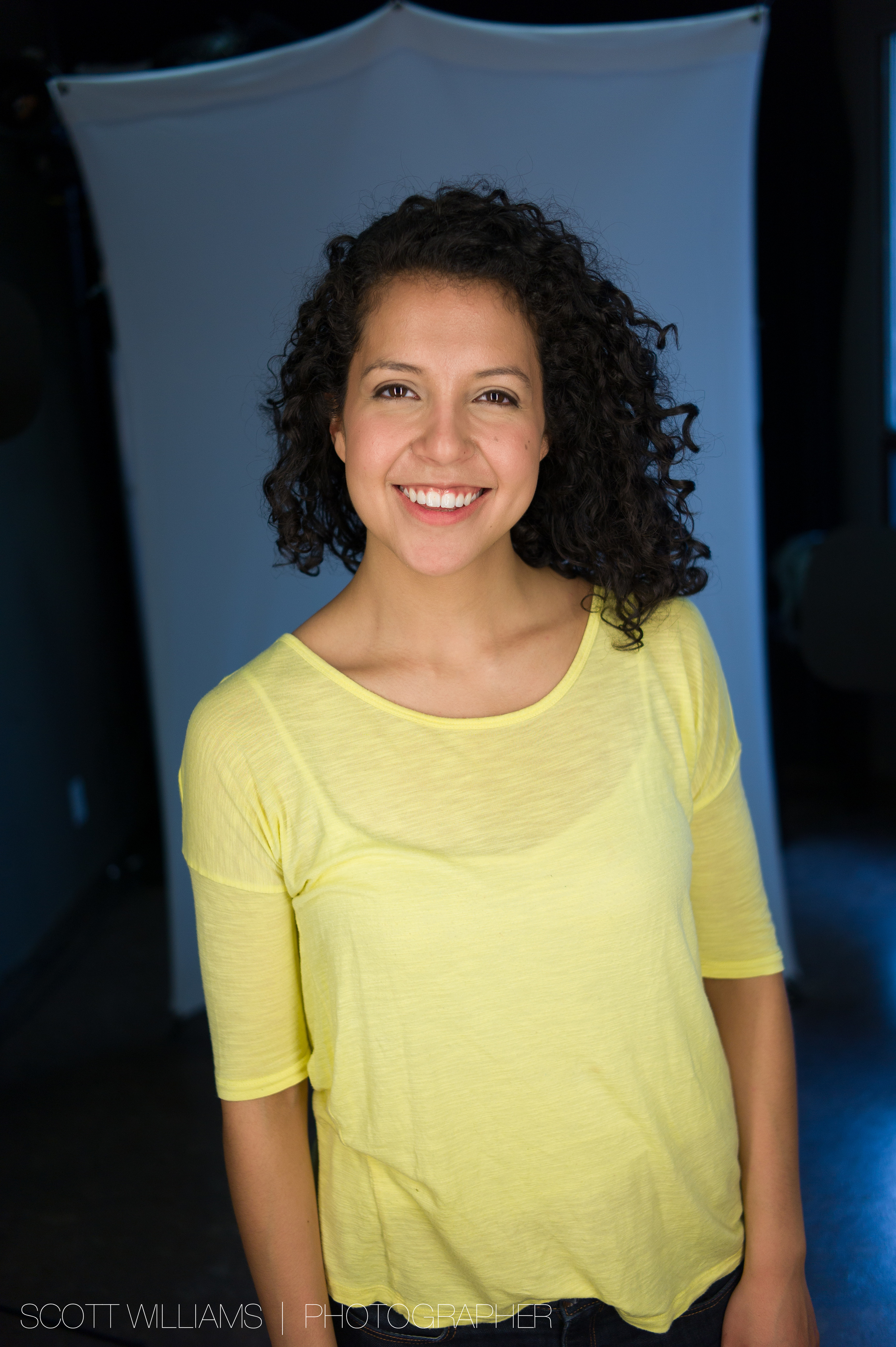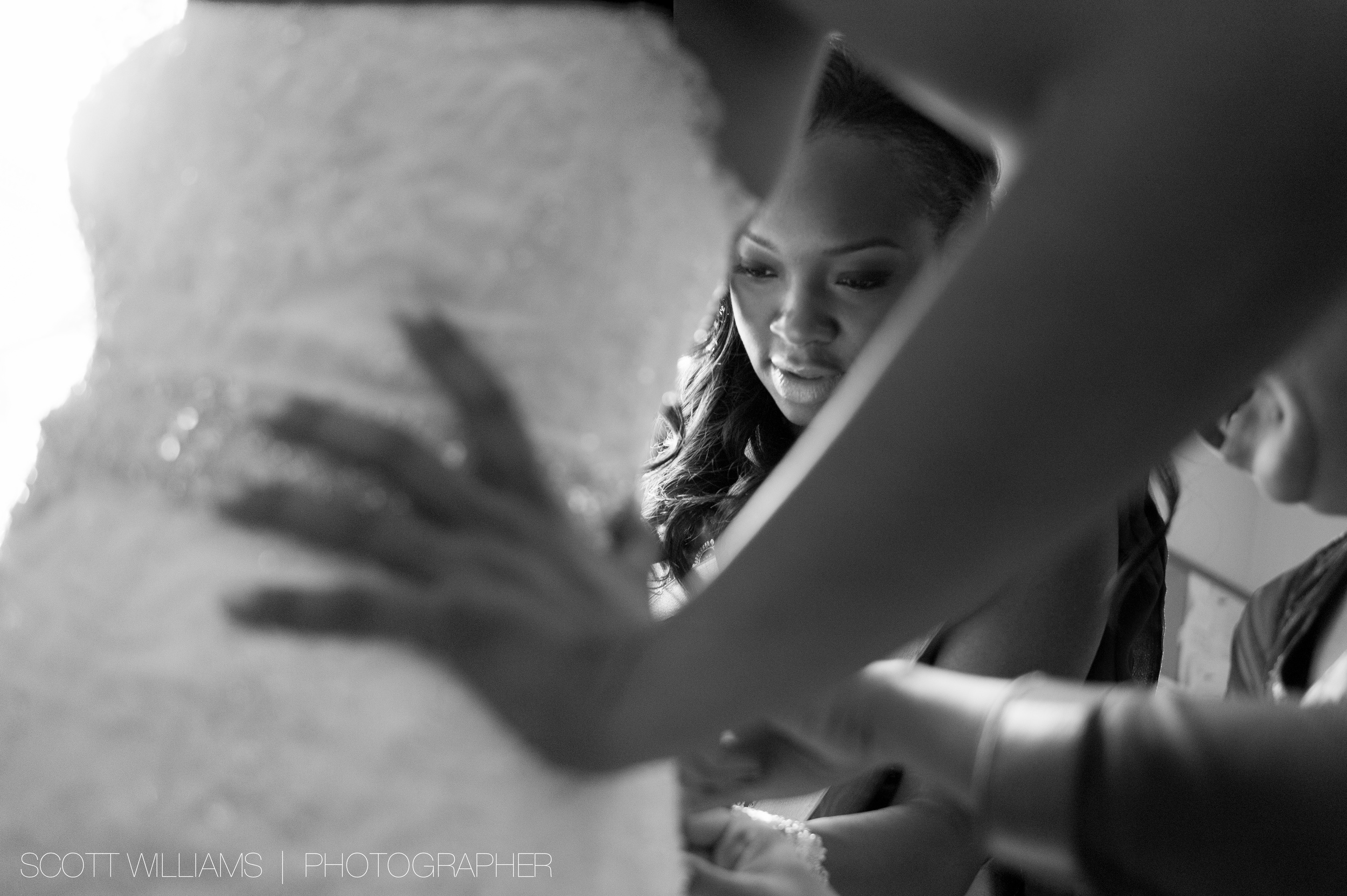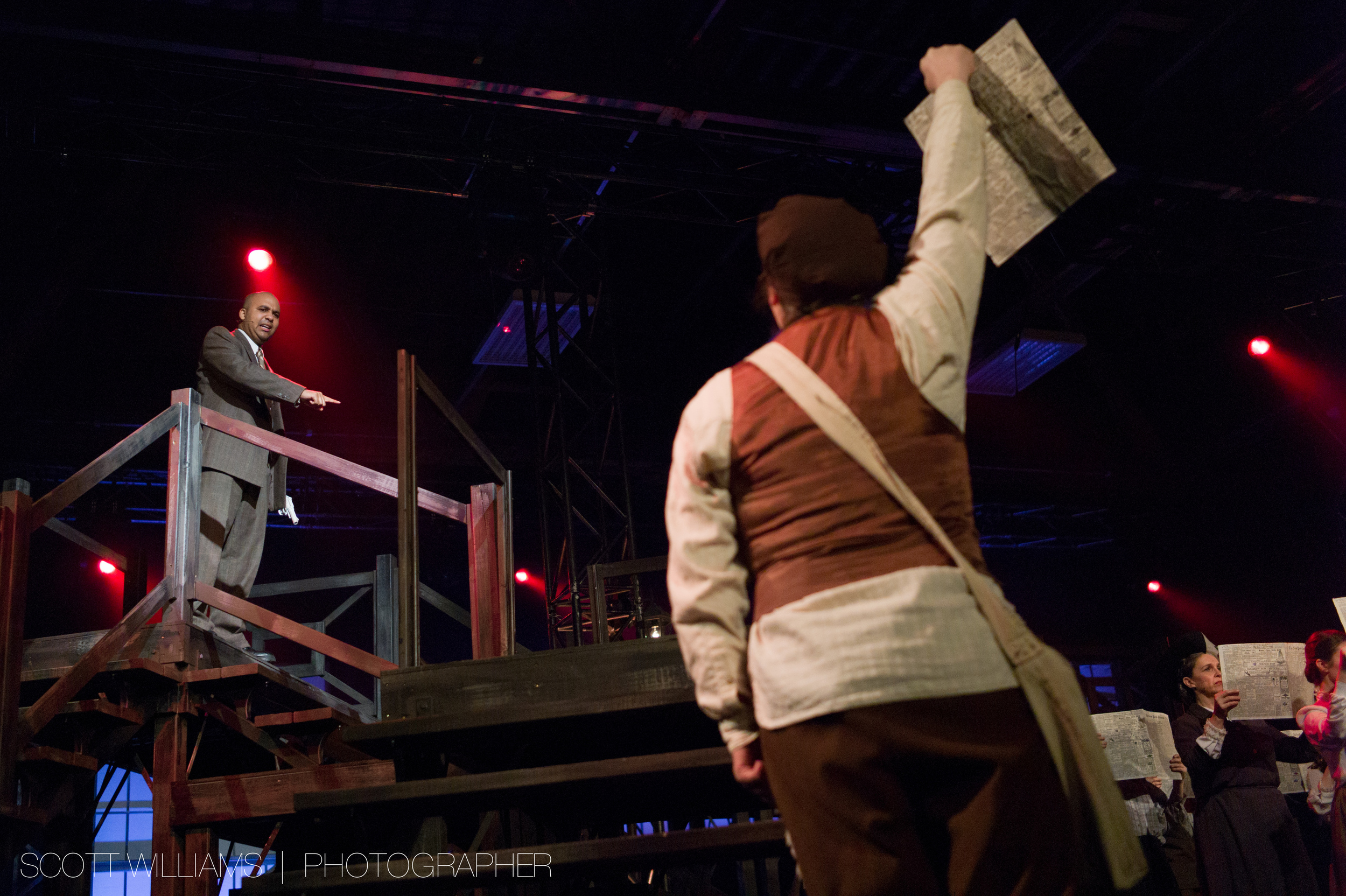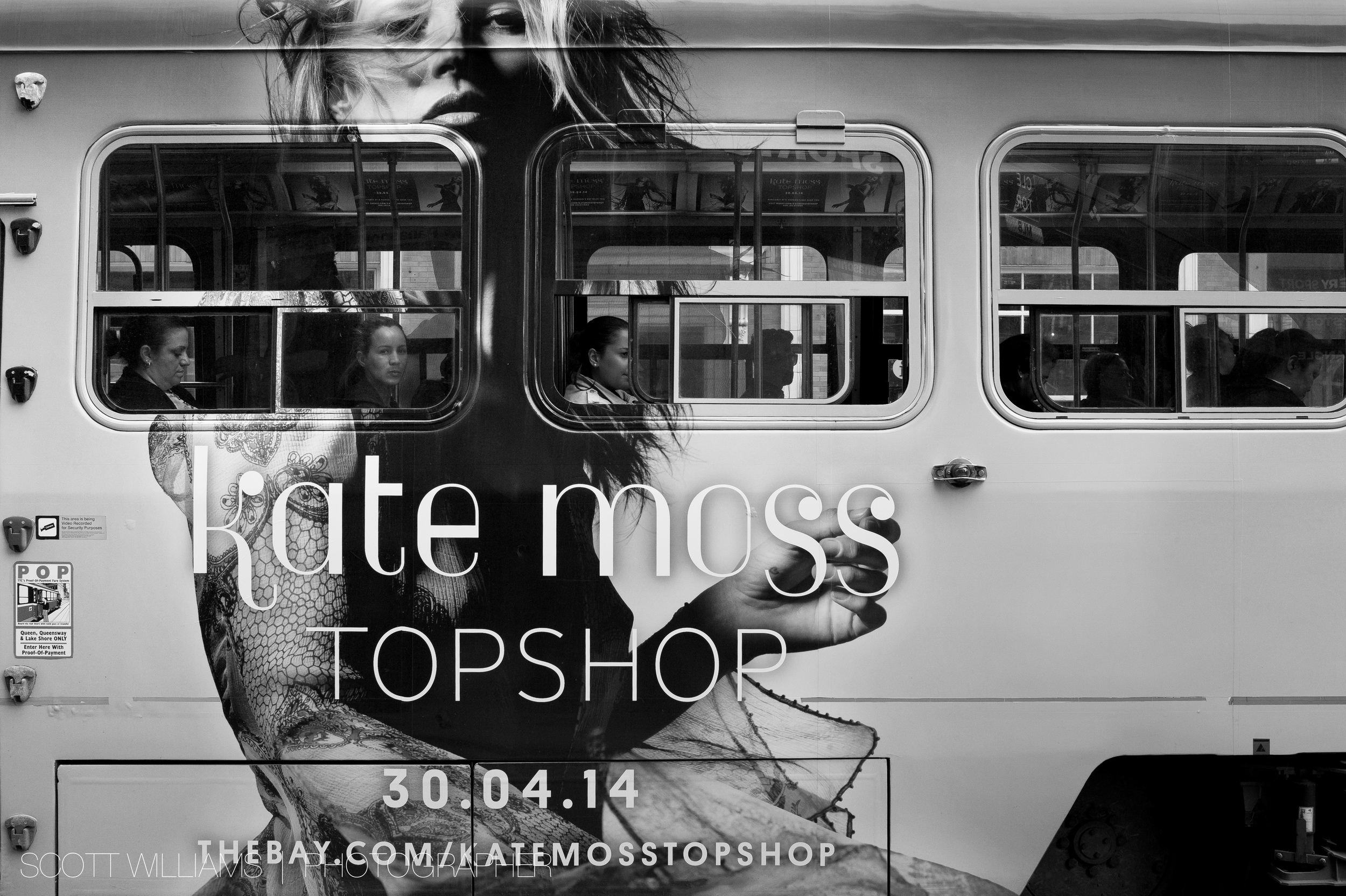My switch to Fuji…. get comfy, this is going to be a long one.
Since I had first picked up a camera I had only ever shot with Nikon cameras. I had known nothing else.
My first DSLR, and my first camera, was the D70 (Yay 1/500 sync speed!). From there I used a D200 for a little while until ‘old faithful’ was introduced… the Nikon D3. It was a great camera. I loved using it, I loved the files it produced. It was the kind of camera that immediately got noticed when I walked into a room (more on that later). I also had a D700, which had the exact same sensor, just in a smaller (and cheaper) body.
I used these cameras day in and day out for over 7 years. I dropped them a couple times, repaired them a couple times and cursed them a couple times. Last time I checked, the shutter on my D3 was close to 400,000 actuations. Only a small percentage of those are cat pictures.
For years, even while I used DSLR’s and was pretty happy with them, I was obsessed with the idea of shooting with a different kind of camera. A Leica camera. Smaller, lighter, more discrete. Last year, I finally got the chance to do that and while I did love the Leica in the end it just didn’t fit my shooting style and the cons outweighed the pros. (You can read my review of the Leica M9 here).
Backtracking a little, before I had even dabbled with the Leica I had the chance to test out the Fujifilm XPRO-1 system on loan from Fujifilm Canada. While I loved the camera, it just wasn’t ready for prime time and the demands of shooting fast paced weddings. You can read my review of the Fuji XPRO-1 here.
As my Nikon gear was starting to literally fall apart, I had a decision to make. Do I go ahead and double down on Nikon or look for something else? At the time, if I decided to stick with Nikon my only two realist options were the D4 or the D800. The D4 was almost $7000 per body and the D800 was 36 megapixels so neither of those two options were appealing to me. (The D750 hadn’t been released yet… If it had then maybe, just maybe, I wouldn’t be writing this post).
But now, almost two years later and the Fujiflm XT-1 was available and this was a completely different camera. I decided to bite the bullet and went all in with Fuji and now after a full year of shooting weddings, portraits and commercial jobs with the Fuji's I think I've shot enough frames to give my thoughts on them.
In no particular order, here are some of my thoughts on the Fuji system.
1. The EVF. This is at one time one of the best features of the XT-1 and also one it's biggest issues. The ability to preview exposure and depth of field in realtime is amazing. I’ve noticed that the number of images I take at a wedding has gone down by a good number since I’m no longer trying to dial in the exposure. As good as the EVF exposure preview is, I actually turn it off at receptions. This turns what would normally be a really dark viewfinder into something almost like night vision. I can see in the dark where previously I’d be struggling to pick out details or follow action. Amazing! Of course, everything in life has a trade off and in this case it’s the increased noise on the EVF and the refresh rate dropping. In really dimly lit weddings it becomes almost unusable. I would love to see both of these issue addressed in a future firmware update. Which brings me to….
2. Firmware updates. Since the beginning of DSLR’s camera manufactures would issue firmware updates for their cameras to fix problems and bugs with the software. Rarely, if ever, where any new features added. Fujifilm, and to a certain extent most mirrorless camera manufacturers, go beyond the simple bug fixes and introduce completely new features. Silent shutter? Sure! Completely customizable function buttons? Of course! And some of these firmware updates are coming out years after the camera was released, sometime even after it’s been discontinued! It’s still somewhat amazing to me to have a camera company actually listening to working photographers issues and concerns and then actually fixing them! Every photographer I talk to, even if they’re not sold on Fuji, has nothing but amazing things to say about the way they stand behind their products and continue to innovate.
3. The Lenses. When Fuji introduced their new line of cameras they decide to create their own lens mount instead of using something else already available. The obvious problem with this is that Fuji would have to produce a lot of lenses in a short amount of time if they wanted photographers to seriously consider switching systems. The initial three lenses were quickly and consistently added to and now the Fuji lens lineup has 16 lenses covering all focal lengths and with a good selection of maximum apertures. Added to those 16 lenses are another 5 that are currently on the Fuji Lens Map. I love the idea of Fuji letting photographers know which lenses are in the pipeline and when they’re hoping to release them (why can’t they do this with bodies?). As for the lenses themselves, they are some of the best I’ve ever used. Great build quality, sharp throughout and compact in size.
4. The batteries. Fuji cameras are small. And their batteries are even smaller. Coming from the world of Nikon, where I could almost shoot an entire wedding on one battery, it’s been a bit of an adjustment with Fuji where I need 4 or more batteries for each camera. But honestly, it’s really not that big of a deal. You just get used to checking your battery before the major events are happening (pre ceremony, pre first dance, pre speeches etc etc) same as I used to have to check memory cards.
5. The autofocus. Like a good wine, Fuji's get better with age. Mostly due to point #2 above but also due to the newer lenses having better autofocus motors. Autofocus seems to be the number one concern of photographers who are considering switching from DSLR's. With the latest firmware update (and even more so with the newly announced Fuji XPro2) I can safely say that the autofocus speed on the Fuji's is fast enough for wedding work. Is it as fast as the top end DSLR's from Nikon and Canon? No, but lets be honest those cameras are overkill for shooting weddings anyways. The one thing that mirrorless cameras can beat the DSLR's at is autofocus accuracy. Because the autofocus sensors are directly on the imaging sensor (instead of a separate autofocus chip) I've found the Fuji autofocus to be much more accurate than my old Nikon DSLR's which allows me to shoot with the lenses wide open with much more confidence. A super quick autofocus is nice but is kinda useless if it keeps focusing on the wrong spot.
6. Cactus flashes. Fuji didn't have a workable flash system (although they just announced one) so I had to look at 3rd parties. After a lot of research I settled on the Cactus Flash system and it's been absolutely rock steady for me. The Cactus RF60 flash allows me to use the lights off camera without any additional wireless triggers or cables. I think I can count on one hand the number of misfires from these flashes over a lot of weddings.
7. The size. Fuji (and all mirrorless cameras) are smaller than their DSLR counterparts which is really great for a couple reasons. The obvious ones are taking up less room in your camera bag, and therefore a smaller camera bag, and since a smaller camera is generally a lighter camera this reduces the wear and tear on you back, shoulders, wrists and everything else when you're shooting 12+ hour weddings for the next 20 years. But all that isn't even the most important consideration in the size of the Fuji's. When you photograph weddings you're going to be forced to photograph complete strangers and there is something very disconcerting about having one of the giant DSLR's with a 70-200 lens pointed at you. My Fuji's are usually smaller than a lot of the guests cameras which allow me a certain level of anonymity.
Of course, no camera system is perfect and there are a few things I'd love to see improved and most of those have been addressed with the announcement of the Fujifilm Xpro-2. I briefly tried it out at the official Fuji launch party and it seems like almost the perfect camera for me... I can't wait to try it out.
Would I ever go back to DSLR's?
No, there's just no going back at this point. The mirrorless cameras from all the manufacturers are getting better and better every year and in my opinion it's only going to be a matter of time before they completely replace DSLR's.

